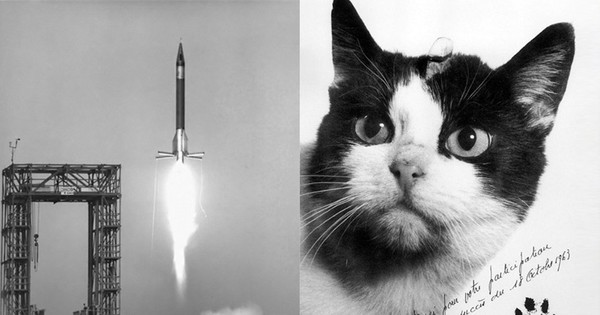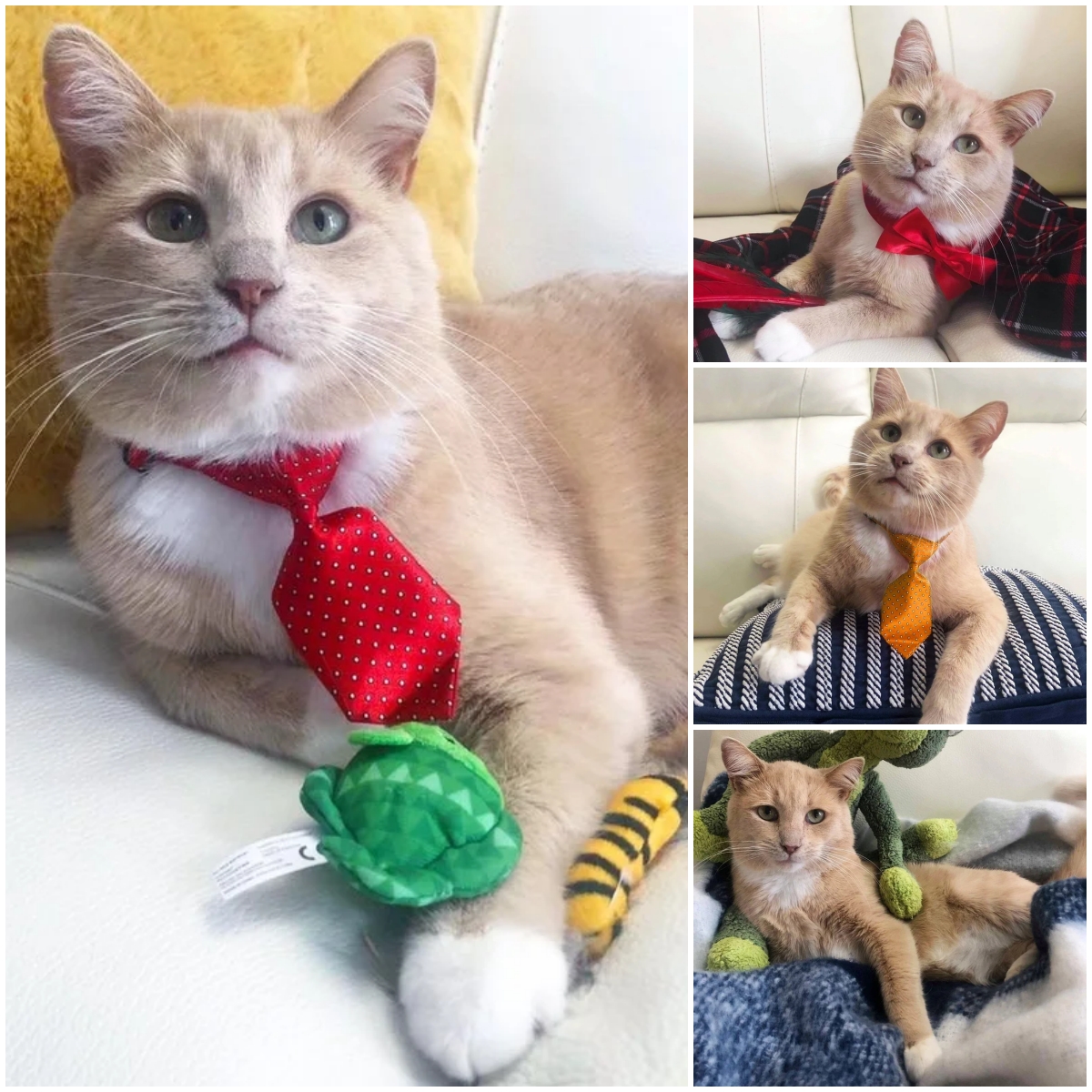 |
| There are four species of blue-ringed octopus and each species contains tetrodotoxin, one of the most dangerous toxins in the world. (Photo: Khaichuin Sim via Getty Images) |
The blue-ringed octopus is a group that includes four species: the greater blue-ringed octopus (Hapalochlaena lunulata), the southern blue-ringed octopus (Hapalochlaena maculosa), the blue-ringed octopus (Hapalochlaena fasciata), and the common blue-ringed octopus (Hapalochlaena maculosa). Hapalochlaena nierstraszi). These octopuses, all small enough to fit in the palm of your hand, contain tetrodotoxin – a powerful neurotoxin with no antidote that can paralyze and kill humans within minutes, even humans. in small doses.
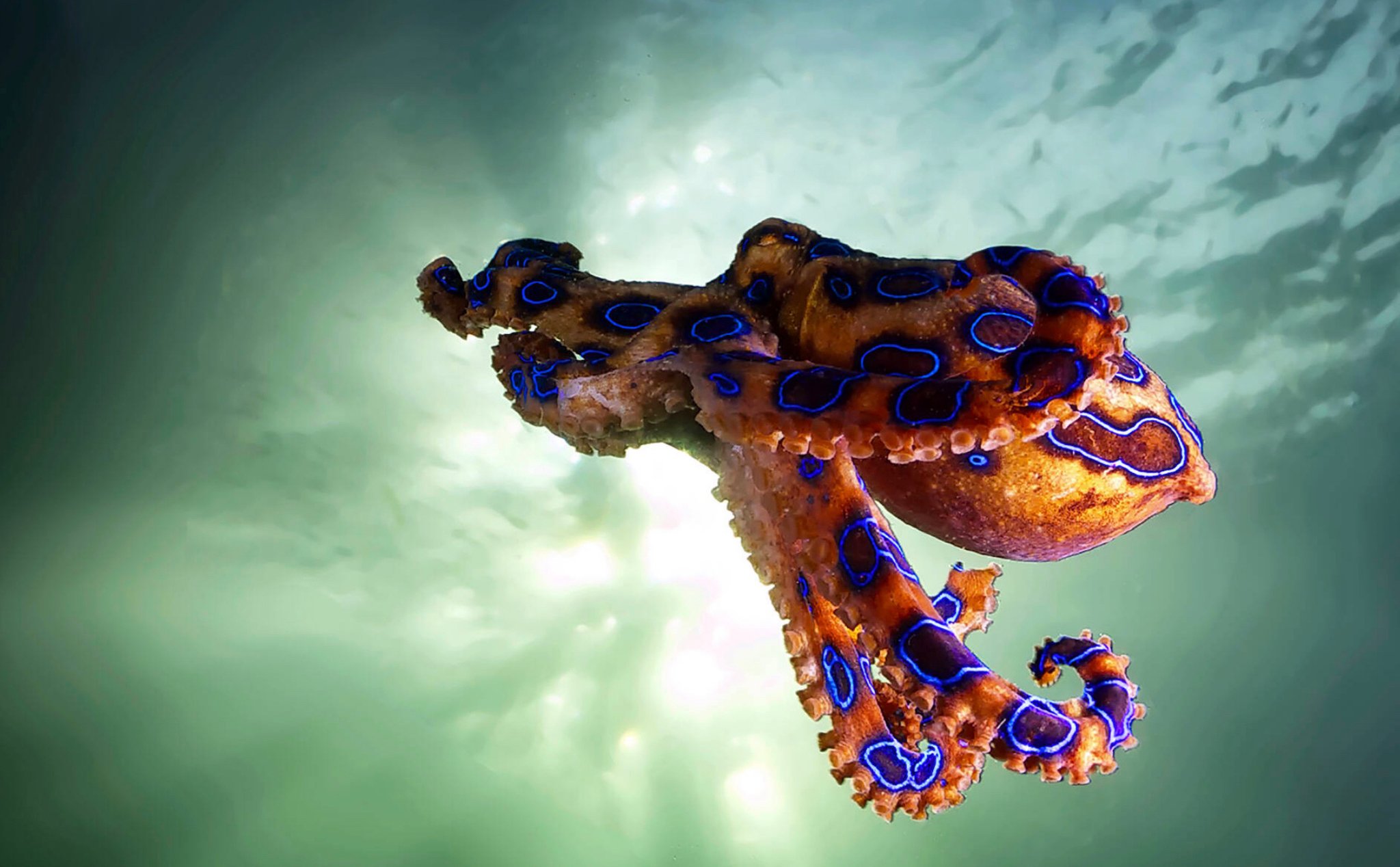
Tetrodotoxin, also found in some newts, frogs and pufferfish, prevents nerves from transmitting signals to muscles by blocking sodium ion channels. It rapidly weakens and paralyzes muscles which can lead to respiratory arrest and death.
According to the US Centers for Disease Control and Prevention (CDC), Tetrodotoxin can start working quickly or take hours to paralyze muscles, so people can die in anywhere from 20 minutes to 24 hours after the poison enters the body.

According to the CDC, there is no antidote, so all health care providers can do is provide supportive care or use a ventilator if the patient cannot breathe.
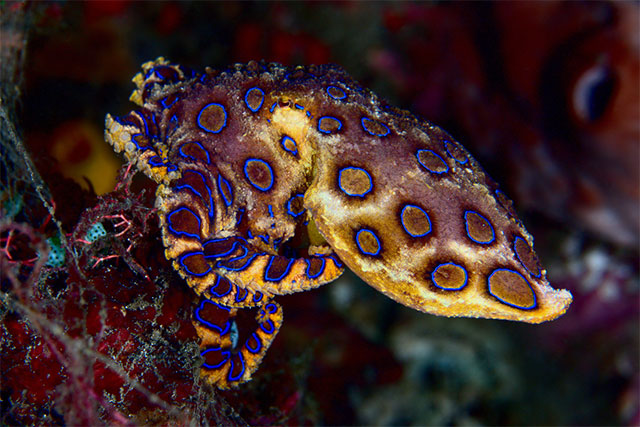
Blue-ringed octopuses do not produce tetrodotoxin themselves. Instead, the toxin is produced by symbiotic bacteria that live in the creature’s salivary glands, according to the Australian Institute of Marine Science. Tetrodotoxin is found in the tissues of octopuses, making them one of the few animals that are both poisonous and venomous. This also means that a person can receive a lethal dose just by touching the tiny cephalopods.
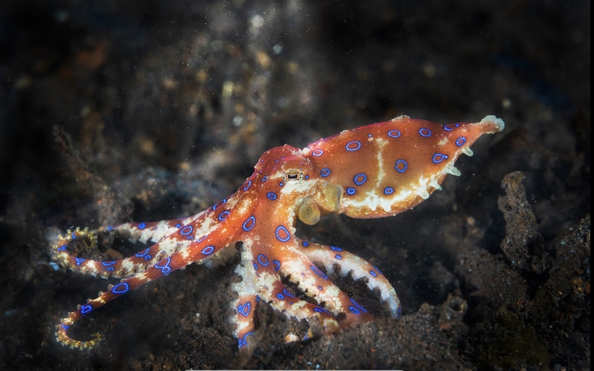
Some cases escaped death
In March this year, a woman survived being bitten twice in the stomach by a blue-ringed octopus while it was hiding in a shell she found while swimming on a beach near Sydney.

In 2006, a 4-year-old boy nearly died after being bitten by an octopus he found on a Queensland beach. According to a case report published in the journal Clinical Sciences, the boy vomited several times before experiencing blurred vision and then losing control of most of his muscles. After 17 hours of ventilation, he finally fully recovered.
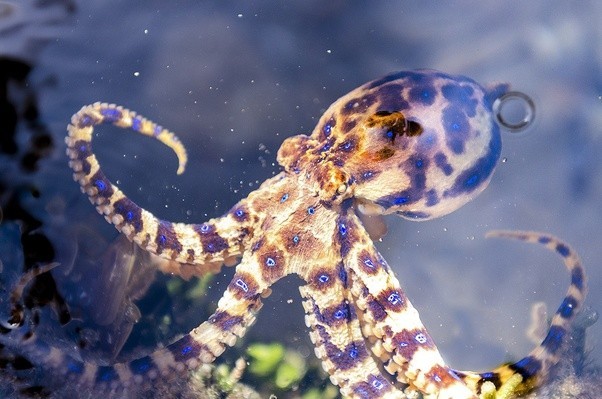
Experts warn that warmer waters during the Australian summer could increase the risk of more people encountering the deadly venomous animals. “They hide so well that we often have a hard time seeing them,” Jennifer Verduin , an oceanographer at Murdoch University in Perth, told PerthNow.
